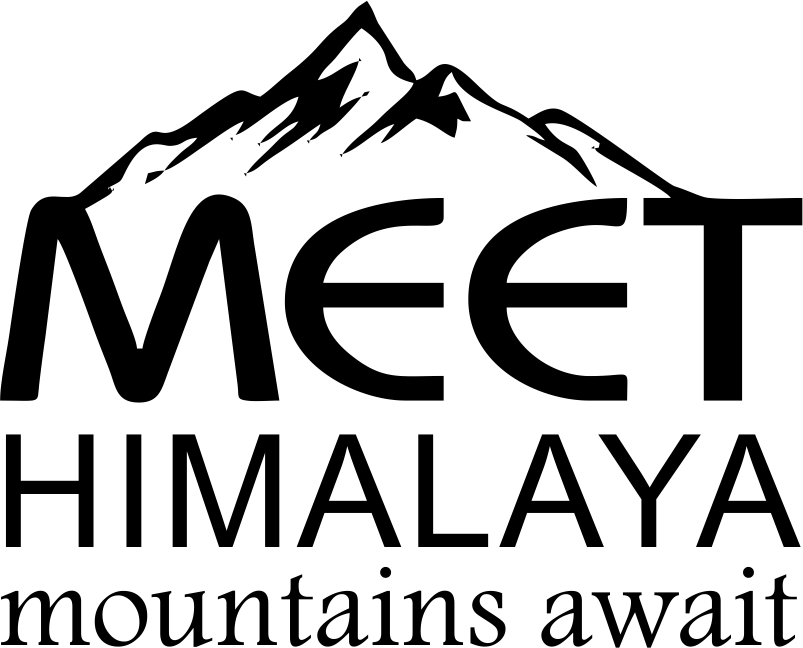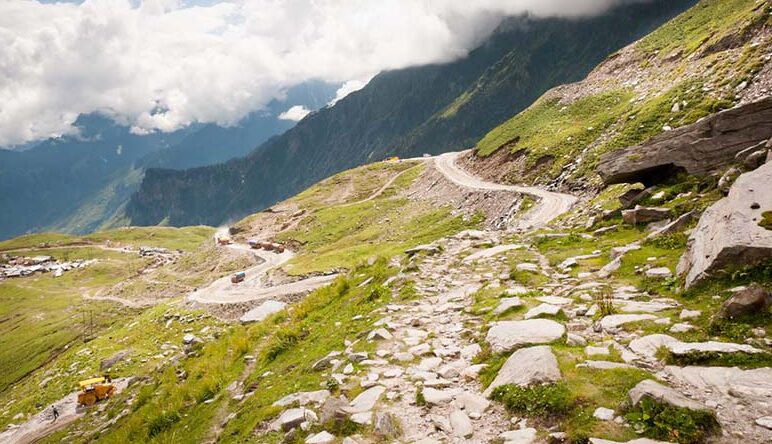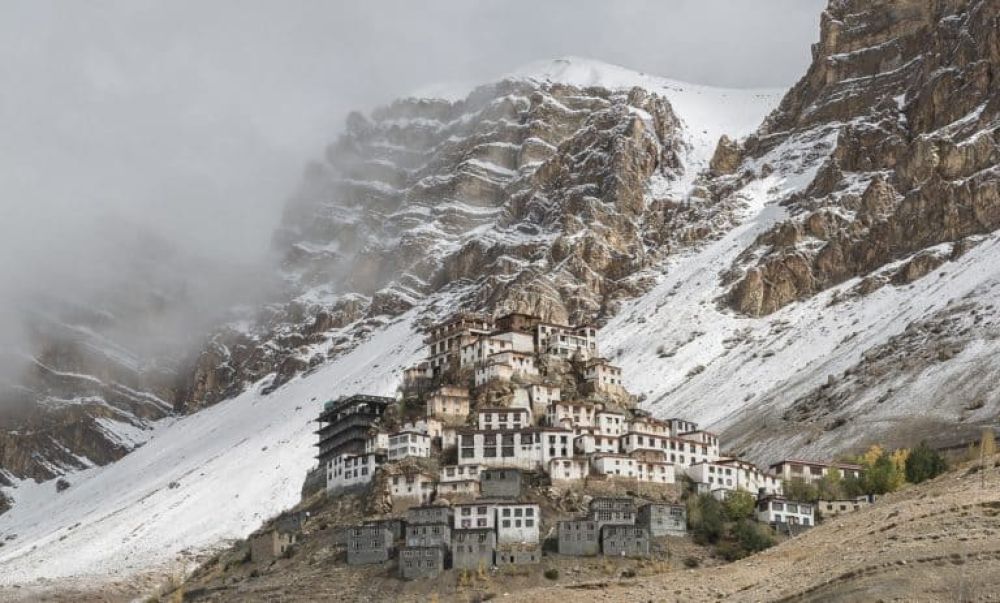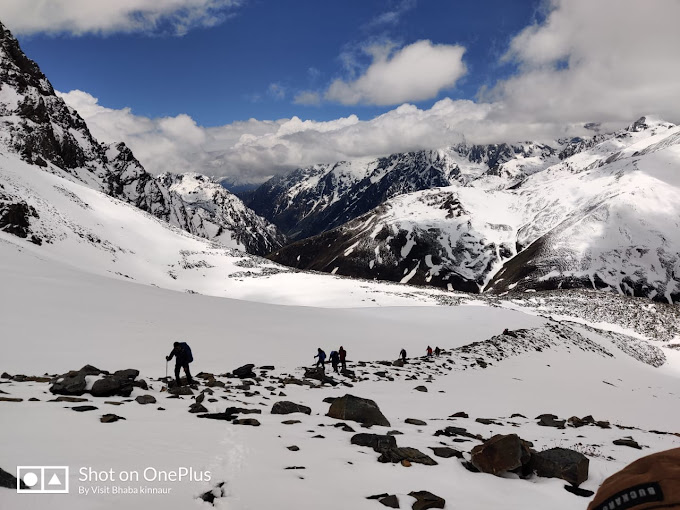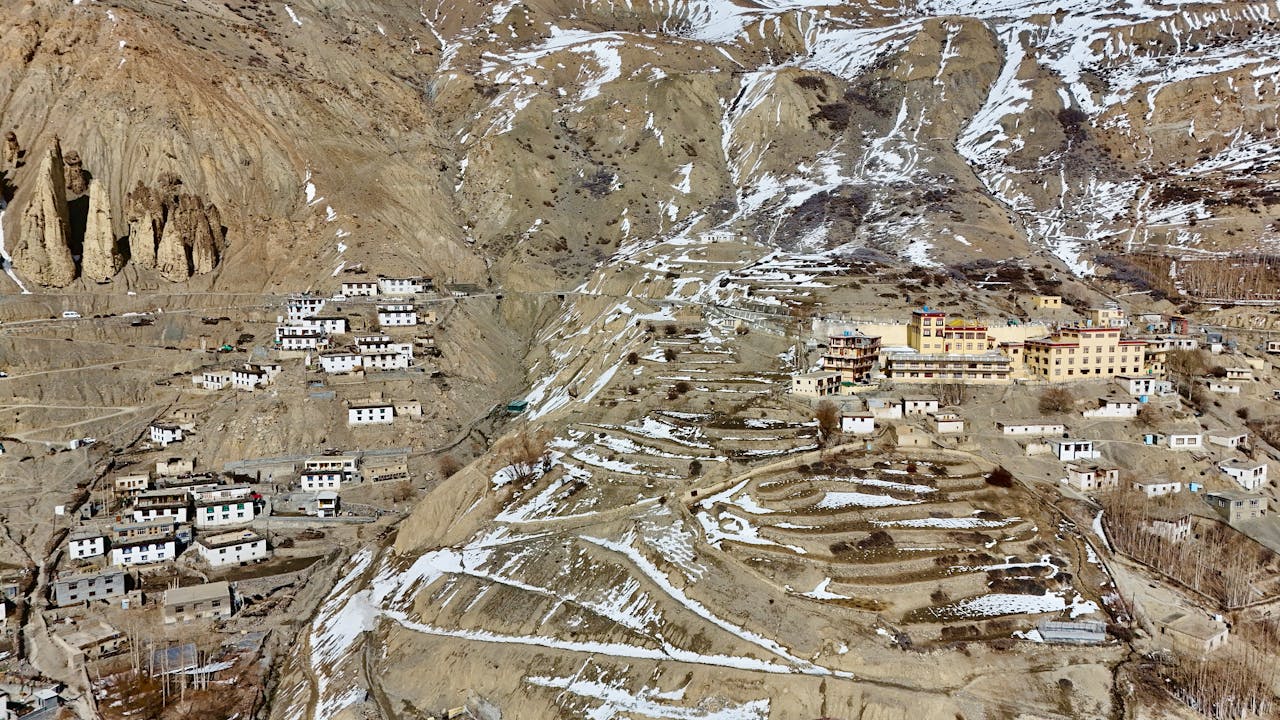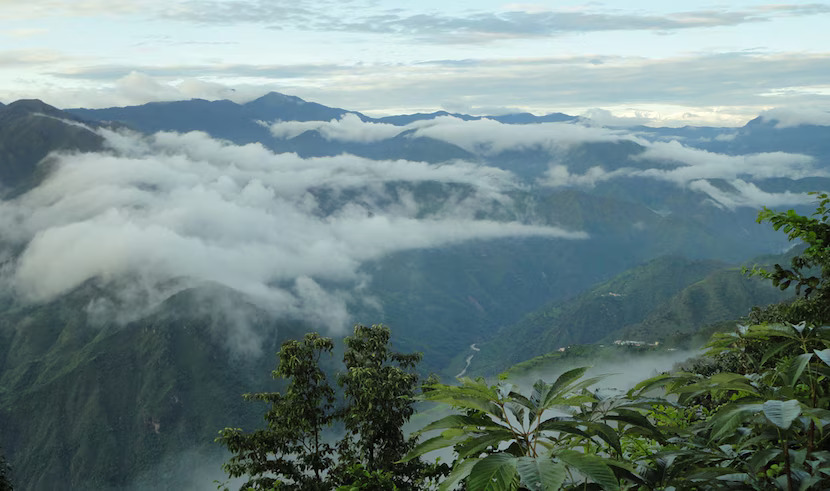Overview
Scenic Drive: Manali to Kaza via Rothang & Kunzum Passes
✅ Cultural Experience: Monastery visits (Kee, Comic, Karzok) & interaction with Changpa nomads
✅ Trekking Adventure:
- Cross Parang La Pass (5,580m)
- Walk along the Pare Chu River
- Explore Tso Moriri Lake, a wetland sanctuary for rare birds
✅ Wildlife & Nature: Spot Kiangs (wild Tibetan asses), Himalayan birds, and stunning landscapes
Who is it for?
- Experienced trekkers looking for a high-altitude Himalayan challenge
- Nature & adventure lovers seeking offbeat landscapes
- Those interested in Tibetan Buddhist culture
Highlights
- Drive to Leh via Mahe Bridge
- Walk along Tso Moriri Lake and move to a higher campsite for better views.
- Visit the beautiful Chandrataal Lake (Moon Lake).
- Visit Kee Monastery, an ancient Tibetan Buddhist site.
- Overnight stay in Kaza, home to the giant meditating Buddha statue and stunning views of Mt. Chou Chou Khang (6,000m) .
- The trek follows the Pare Chu River through a vast open valley.
Driving duration: 5 – 6 hour.
Today leaving the greener Himalaya we enter the cold Himalayan desert. After early breakfast, set out for an adventurous drive over one of the highest motorable passes of Himachal Pradesh.
Leave, Manali to drive over Rothang Pass. At an elevation of 3, 919 m, a geologic puzzle, where two important Himalayan ranges, Dhauladhar range and Pir –Panja, respectively, intersect each other.
The pass cuts the road connections for seven months in a year, to the tribal districts of Himachal Pradesh and Ladakh.
From Rothang pass, continue driving down to the bed of River Chandra, the drive ascends ascend further up to Chandra Taal Lake (The Moon Lake).
Camp overnight at Chandrataal.
Driving duration: 4 – 5 hour.
Enjoy a morning walk ahead of the lake. Post breakfast, drive to Kaza over Kunzum pass
(4551m). Check into your hotel at Kaza.
Later, drive to visit Kee monastery. Drive back to the hotel. Overnight at hotel.
Driving duration: 3 hour.
Today, we drive to village Comic, en-route visit Kee monastery, the complex present an example of fortified monasteries which were built against the threat of possible invasions.
From here, one can admire descend of Spiti valley and as it rises, up to Kunzum pass.
Continue, driving to Comic, situated at an elevation of 4500m, visit the village monastery and feel high above the clouds!
We now drive back to visit village Langza, with a stunning views of Mount Chou Chou Khang
(6000m). Walk down to the gigantic statue of mediating Buddha with a closer look to the
lifestyle of Himalayan people.
For evening, drive back to Kaza,
Driving duration: 1 hour.
In the morning after breakfast, explore the local markets of Kaza. Try looking for if you haven’t
missed anything! After visiting the newly built monastery at Kaza drive up to Kibber village.
Free time to sort you backpacks and material to be carried by horses.
Overnight at guest house
Walking duration: 4 – 5 hour.
In the morning, post breakfast, leave the habitations and past Kibber village descend down to
Dumle, farmlands of natives. The walk further climbs towards Thaltak Meadow, on the opposite
side of ridge. We camp at Thaltak tonight.
Enjoy evening at leisure.
Overnight in tents.
Walking duration: 6 – 7 hour.
After breakfast, the walk further plunges down into a narrow deep gorge. At the bottom we cross
an icy gushing rivulet. From here a demanding steep uphill brings us to Borojin base camp.
Reach the campsite, have early dinner and retire into tents.
Walking duration: 7 – 8 hour.
Today, after early breakfast, leave for the pass. The final lap is a steep 2-hour climb to Parang La
at 18,300 ft. The pass lies on the trade route between Ladkah and the Spiti valley. There are
some great views of the Spiti and the Changthang valleys from the pass. Parilungbi, a conical
peak, is the first Ladakhi peak visible from Spiti.
From the pass, we descend to the source of the Pare Chu River. After the pass, the landscape
changes dramatically from steep gorges to broad plains.
Overnight camp at Dak Karzong.
Walking duration: 5 – 6 hour.
The route for the next 3 days is in a fairly open valley with a well-marked trail on the right bank
of the Pare Chu. Camp overnight at Datang Yongma.
Walking duration: 4 – 5 hour.
Today we follow the trail to Racholemo (14000 ft.) then Norbu Sumdo (14400 ft.) and across to
Chumik Shilde. Start early, as the winds can be strong in the afternoons.
Walking duration: 5 – 6 hour.
Today we walk across the plains to the southern edge of the oval-shaped Tso Moriri at
Kiangdom, named after the kiangs (wild Tibetan asses) which roam here freely. The lake breaks
into several channels here to create a vast wetland, the breeding ground of several rare species of
birds.
Walking duration: 2 – 3 hour.
Today, walk along the lake and establish a camp further up, to get the better views. You will get
ample chance to spot some of the endangered species of aquatic birds and wildlife.
Overnight in tents.
Walking duration: 4 – 5 hour.
The last day of the trek passes along the shore of Tso Moriri . The view of the lake with Lungser
Kangri (6666m/21,871ft.) in the background is absolutely unbeatable. The walk is longer than it
looks and with the afternoon winds you will be tired when you reach Karzog.
Overnight at hotel.
Driving duration: 6 – 7 hour.
In the morning, after breakfast, visit the ancient monastery in Karzok, where the Changpas roam
the pastures with their flocks of pashmina goats and still live in yak-skin yurts.
Later drive to Leh via Mahe Bridge. Overnight in Leh.
Cost Includes
- Hotels n camps.
- Meals according to MAP .
Cost Excludes
- Cost of lunches
- Any personal expenses, room service and special orders, mineral waters, alcoholic and non alcoholic beverages, porterage, tips, phone calls, laundry etc.
- Any extra excursions or sightseeing apart from the above specified itinerary
- Camera fees, guide charges not included in the inclusions
- Medical and Insurance of any kind
- Any incidental and other expenses which are not specified in the inclusions
FAQs
Visa requirements depend on the country you’re visiting (Nepal, India, Bhutan, etc.). Most travelers need a tourist visa, which can be obtained online or on arrival for some countries.
Trekking expeditions (Everest Base Camp, Annapurna Circuit, etc.)
Cultural tours (monasteries, heritage sites)
Adventure sports (rafting, paragliding)
Wildlife and nature tours
The fitness level depends on the trek. Moderate fitness is required for shorter treks, while longer and high-altitude treks require good physical conditioning and stamina.
Essential items include:
- Proper trekking gear (boots, backpack, trekking poles)
- Warm clothing (thermal wear, down jacket)
- Personal essentials (medications, sunscreen, sunglasses)
- Important documents (passport, travel insurance)
Yes, travel insurance covering high-altitude trekking, medical emergencies, and trip cancellations is highly recommended.
Yes, permits are required for many trekking regions, such as:
- Nepal: TIMS card and national park permits
- India: Inner Line Permit for certain areas
- Bhutan: Special travel permits arranged by the tour operator
You will typically find local cuisine (dal bhat, momos), as well as some Western dishes in tea houses and lodges along popular routes.
